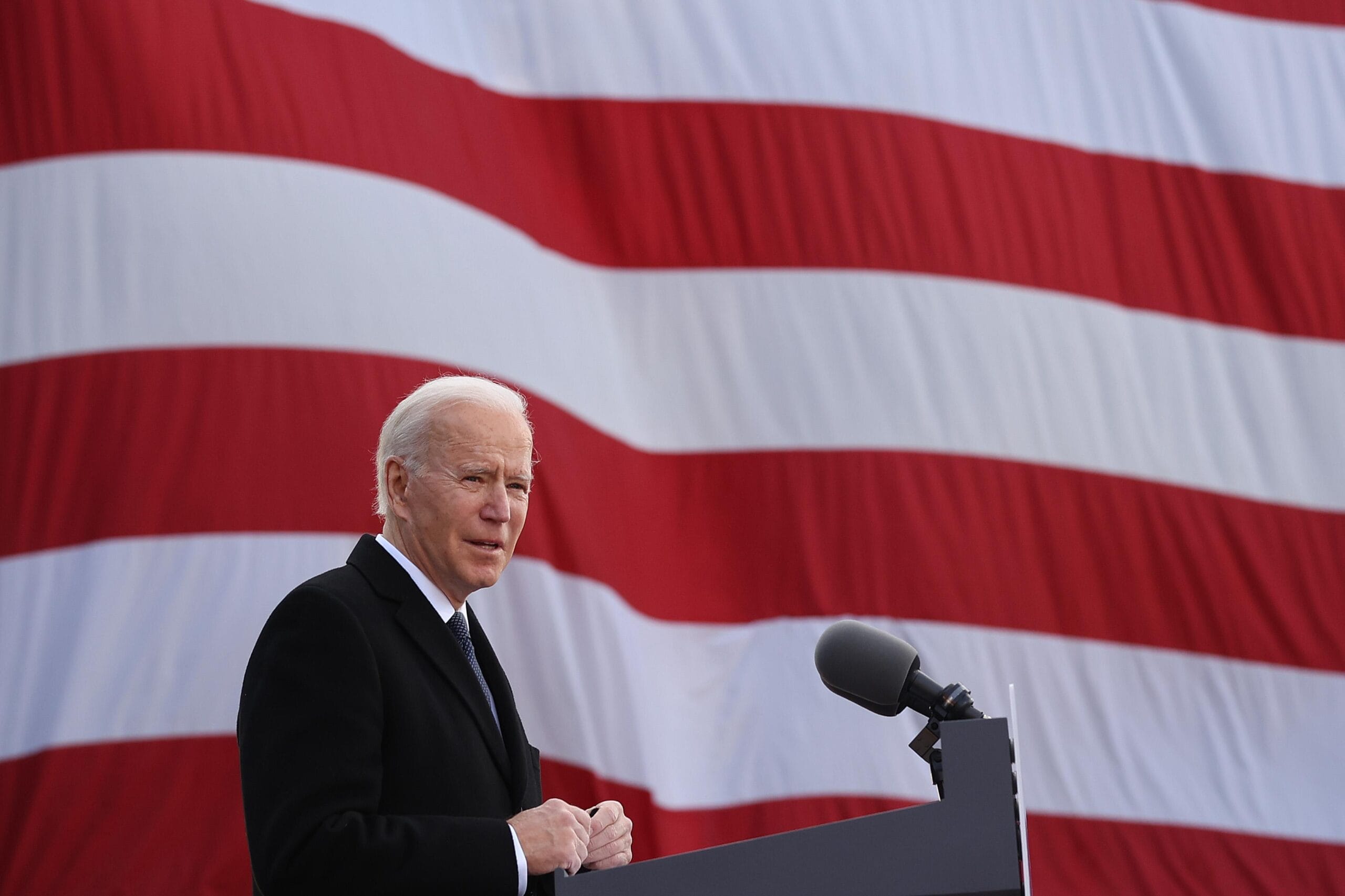The U.S. Department of Justice (DOJ) has taken a significant step by asking the Supreme Court to review a lower court’s decision that invalidated a key anti-money laundering law. This law has been regarded as a vital tool in the fight against financial crimes, particularly money laundering, which facilitates various illicit activities, including drug trafficking and terrorism financing. The DOJ’s move underscores the importance of maintaining robust financial regulations to ensure the integrity of the financial system.
The anti-money laundering law in question was enacted to enhance the government’s ability to track and prosecute individuals and organizations involved in money laundering activities. It established a framework for financial institutions to report suspicious transactions and maintain thorough records, thereby increasing transparency in financial dealings. However, a federal appeals court ruled that certain provisions of the law were unconstitutional, leading to the DOJ’s request for the Supreme Court to intervene.
The implications of this legal battle extend beyond the immediate enforcement of anti-money laundering measures. If the Supreme Court decides to reinstate the law, it would reaffirm the government’s authority to regulate financial transactions and impose strict penalties on those who engage in money laundering. This would also send a clear message to financial institutions about the importance of compliance with anti-money laundering regulations.
The DOJ’s appeal comes at a time when concerns about financial crimes are at an all-time high. The rise of digital currencies and online financial transactions has created new challenges for law enforcement agencies. Criminals have increasingly exploited these technologies to launder money, making it more difficult to trace illicit funds. The reinstatement of the anti-money laundering law would provide law enforcement with additional tools to combat these evolving threats.
In recent years, the government has faced criticism for its handling of money laundering cases. Critics argue that the existing legal framework is insufficient to address the complexities of modern financial crimes. By seeking to reinstate the anti-money laundering law, the DOJ aims to strengthen its prosecutorial capabilities and enhance its efforts to combat financial wrongdoing.
The case has also drawn attention from various stakeholders, including financial institutions, civil rights organizations, and legal experts. Financial institutions are particularly concerned about the potential implications of the law on their operations. Stricter regulations could lead to increased compliance costs and operational burdens. On the other hand, civil rights advocates have raised concerns about the potential for overreach and the impact on individual privacy rights.
As the Supreme Court prepares to consider the DOJ’s request, legal experts are closely monitoring the situation. The Court’s decision could set a precedent for how anti-money laundering laws are interpreted and enforced in the future. A ruling in favor of the DOJ could pave the way for more stringent regulations and heightened scrutiny of financial transactions.
The legal landscape surrounding money laundering is complex and constantly evolving. The DOJ’s appeal highlights the ongoing struggle between the need for effective law enforcement and the protection of individual rights. As the Supreme Court deliberates, the outcome will likely have far-reaching consequences for both the government and the financial sector.
In conclusion, the DOJ’s request for the Supreme Court to reinstate the anti-money laundering law represents a critical juncture in the fight against financial crime. The law’s reinstatement would not only empower law enforcement agencies but also reinforce the government’s commitment to maintaining a transparent and accountable financial system. As the case unfolds, all eyes will be on the Supreme Court to see how it navigates the delicate balance between regulation and individual liberties.


